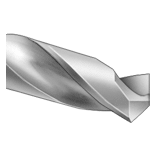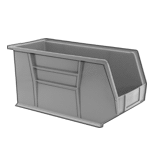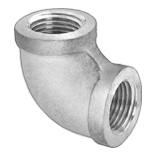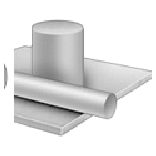Filter by
Container Type
For Use On
Maximum Temperature
Consistency
Hardness Rating
Performance
Thermal Conductivity
Hardness
Container Size
Dielectric Strength
Clarity
Overall Dry Time
Manufacturer Model Number
Minimum Temperature
DFARS Specialty Metals
Electrical
Facility and Grounds Maintenance
Fastening and Joining





































